The Dire Wolf, scientifically known as Canis dirus, was a large prehistoric wolf species that lived during the Late Pleistocene epoch, approximately 250,000 to 10,000 years ago. It was famed for its massive size and powerful bite.
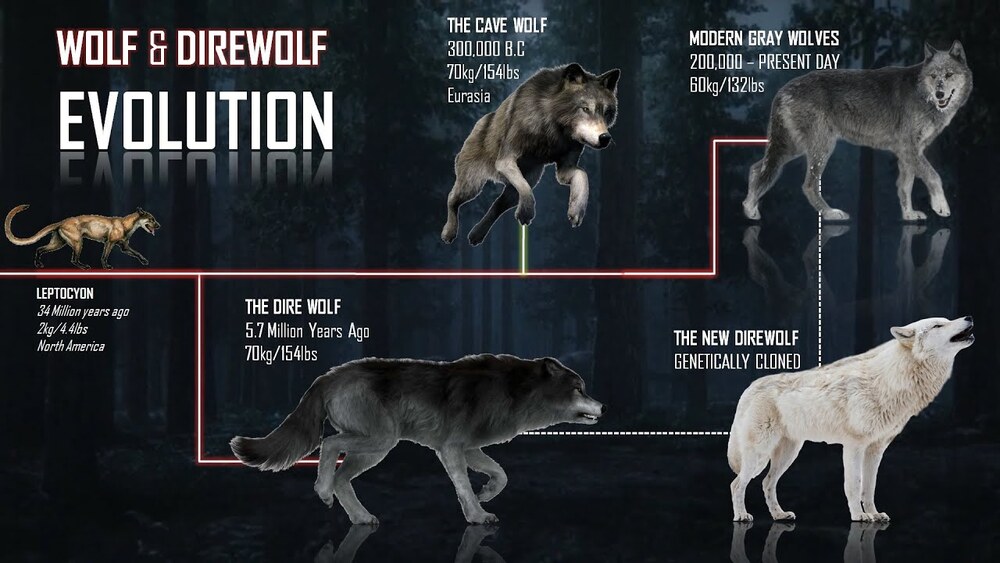
The Dire Wolf belonged to the Canidae family and was closely related to modern wolves but is not a direct ancestor of any current wolf species.
Dire Wolves were sturdier and larger than today's wolves, weighing up to 150 pounds (68 kg) or more, with a shoulder height around 35 inches (90 cm). Their robust skulls and thick teeth were adapted for hunting large prey.
Dire Wolves primarily inhabited North America, ranging from southern Canada down to Venezuela in South America. Fossil records are abundant, particularly in the La Brea Tar Pits of California.
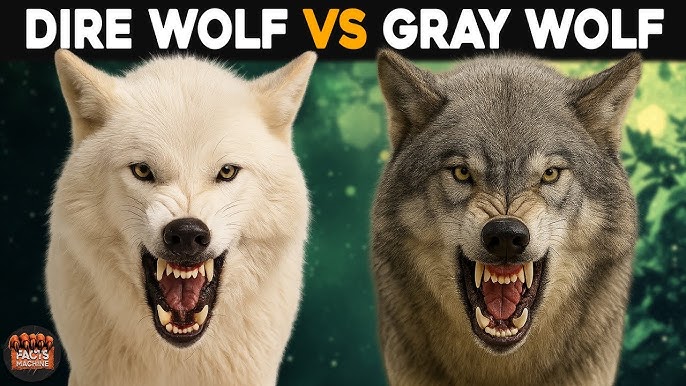
Their diet mainly included large herbivores such as bison, horses, camels, and mastodons. Their strong jaws allowed them to crush bones effectively.
Dire Wolves lived and hunted in packs, much like modern wolves, exhibiting complex social behaviors and cooperative hunting strategies.
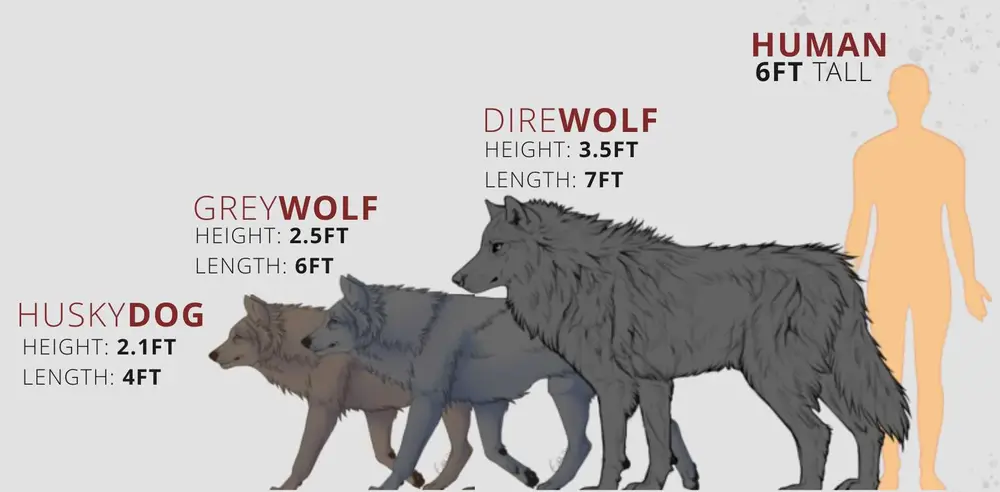
The end of the last Ice Age brought significant climate changes, reducing populations of large prey animals, significantly impacting the Dire Wolf's survival.
Human migration and hunting activities likely accelerated the extinction of large prey species, indirectly affecting the Dire Wolf's food sources and contributing to their extinction.
Dire Wolves gained global popularity through the hit TV series "Game of Thrones," where they were depicted as fiercely loyal protectors and symbols of strength for the Stark family.
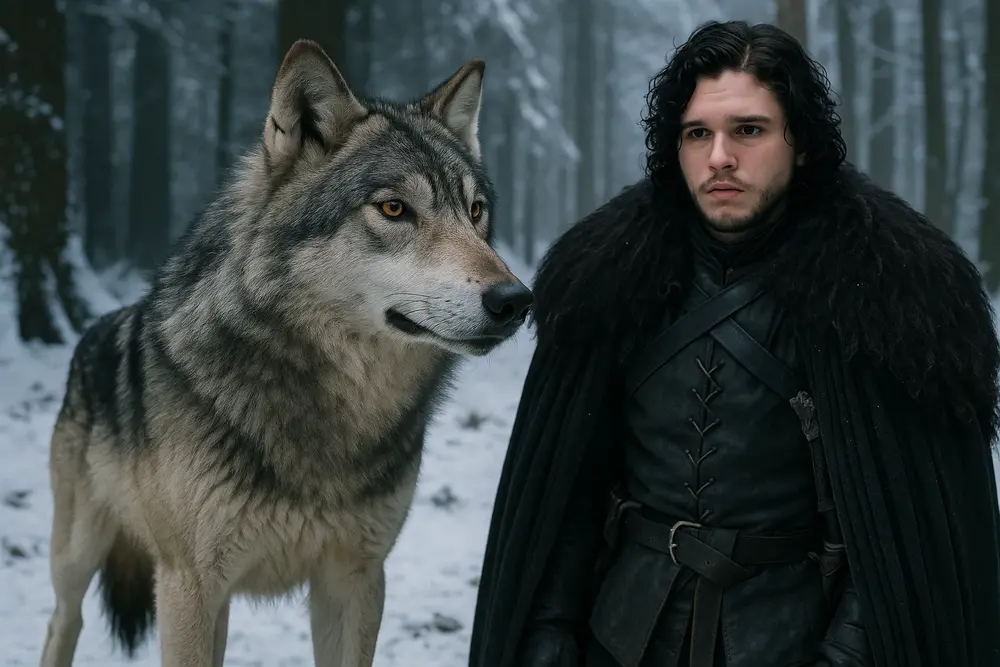
Beyond "Game of Thrones," Dire Wolves frequently appear in fantasy literature, role-playing games, and various media as symbols of power, bravery, and mystery.
The La Brea Tar Pits have yielded thousands of Dire Wolf fossils, providing extensive insights into their lifestyle and ecological roles.
Recent DNA analysis has revealed that Dire Wolves were genetically distinct from modern wolves, representing a separate branch on the canine evolutionary tree.
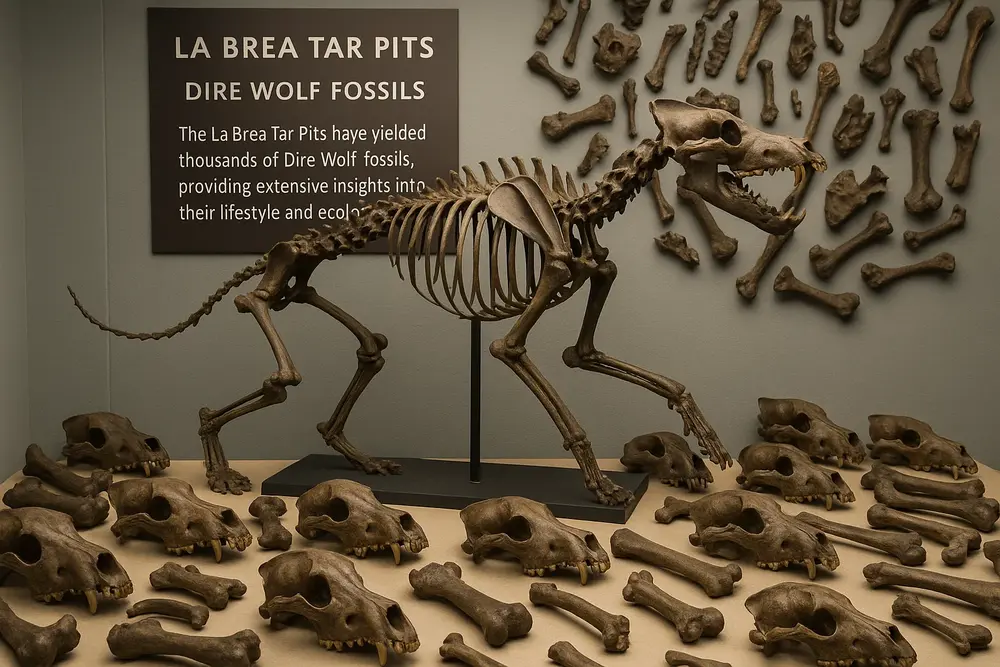
Dire Wolves had sturdier bodies, shorter legs, and larger skulls, indicating an adaptation for hunting larger prey compared to modern wolves.
Although socially similar to modern wolves, Dire Wolves possibly relied more heavily on large prey and were less adaptable to rapid changes in food availability.
Dire Wolves coexisted with predators like cougars and saber-toothed cats, contributing to a balanced prehistoric ecosystem.
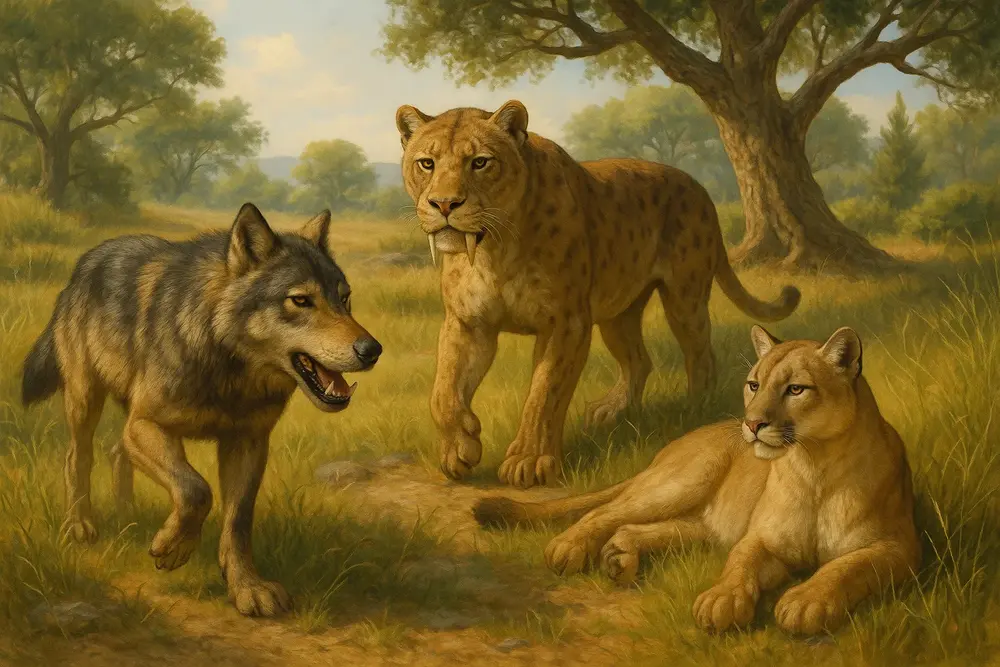
Dire Wolves shared their environment with creatures like mastodons, mammoths, and giant ground sloths, forming a diverse ecological web.
Studying Dire Wolves provides valuable lessons in managing modern ecosystems, especially regarding the roles of large predators.
Museum exhibits and educational initiatives have increased public awareness of Dire Wolves, highlighting the importance of preserving prehistoric ecosystems.
Although long extinct, Dire Wolves continue to capture imagination in both cultural and scientific contexts. Ongoing research and discovery will undoubtedly reveal more about these formidable Ice Age predators, enriching our understanding of the ancient world.
animal tags: Dire Wolf
We created this article in conjunction with AI technology, then made sure it was fact-checked and edited by a Animals Top editor.